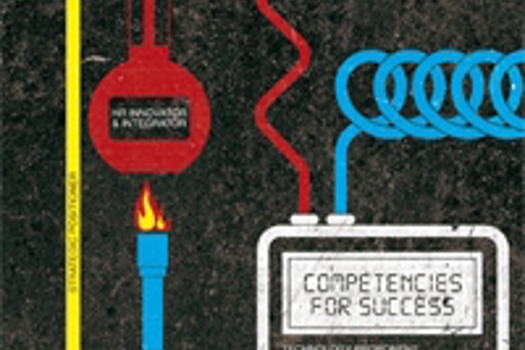When two disciplines collide, bad or good things can happen. Bad things happen when the collision fragments a discipline into disparate parts. Good things happen when discipline collisions inform each discipline.
The intersection of HR and investors has the potential to benefit each discipline. In recent years, HR professionals have worked to define and create value for key stakeholders. Clearly, HR drives positive employee outcomes (productivity, wellbeing), helps execute business strategies (strategic HR), and enhances customer share (HR from the outside in). But HR’s value may be further enhanced when it demonstrates the impact on a firm’s financial performance, focused on market value.
In recent years, investors have learned that defining the market value of a firm may be based on earnings, but goes beyond that. For decades, GAAP and FASB standards have required financial reporting of earnings, cash flow, and profitability. Recently these financial outcomes have been found to predict about 50% of a firm’s market value. Investors have shown increased interest in intangibles like strategy, brand, R&D, innovation, risk, and information flow. These intangibles predict firm profitability. A next step for investors is to analyse the predictors and drivers of intangibles.
Wise, long-term investors recognise that leadership matters. In our research, we found that investors allocate about 30% of their decision-making on the quality of leadership. Quality of leadership becomes a predictor of intangible value, which in turn produces financial results. To move firm valuation discussions from financials to intangibles to leadership requires synthesising HR, organisation, leadership, intangibles, and financial insights in a quest to offer a simple valuation solution while acknowledging the complexity of the overall problem of value.
My forthcoming book, The Leadership Capital Index: Realizing the Market Value of Leadership draws on a useful metaphor for how to include, conceive, and audit leadership in the assessment of firm value. A leadership capital index is like a financial confidence index – Moody’s or Standard & Poor’s. It offers a more thorough way to assess leadership. Most acknowledge that leaders affect an organisation’s value, but they use simplistic and intuitive approaches to apply that insight. I believe it is time to offer a more rigorous way of evaluating leadership through the eyes of investors to more fully determine a firm’s value.
To create a leadership capital index, I also looked at dozens of studies by consulting firms and experts who attempted to put substance behind the assessment of leadership. In general, these studies offered deep insights on one piece of an overall leadership puzzle. Some focused on compensation practices, others on personal style, and still others on organisation governance and design. Few attempted to prepare a comprehensive approach to leadership as a whole.
I believe that a leadership ratings index would have two dimensions, or domains: individual and organisational. Individual refers to the personal qualities (competencies, traits, characteristics) of the key leaders in the organisation. Organisation refers to the systems (often called human capital) these leaders create to manage leadership throughout the organisation and the application of organisation systems to specific business conditions. Using these two domains, previous leadership and human capital work may be synthesised into a leadership capital index that investors can use to inform their valuation decisions and HR professionals to enhance their impact.
Five leadership factors define the individual domain of a leadership ratings index that covers half of leadership capital. They are:
1. Personal proficiency: to what extent does the leadership demonstrate the personal qualities required of an effective leader?
2. Strategist: to what extent does the leadership articulate a point of view about the future and strategic positioning?
3. Executor: to what extent does the leadership make things happen and deliver as promised?
4. People manager: to what extent does the leadership build competence, commitment, and contribution of their people today and tomorrow?
5. Leadership differentiator: to what extent does leadership behave consistent with customer expectations?
Leadership capital not only includes personal or individual leadership traits, but also investments made to build future leaders within the organisation. To build future leaders, leaders create organisation cultures and invest in human resource practices (often called human capital) in five domains:
1. Culture capability: to what extent has the leadership created a customer focused cultural capability that is shared throughout the organisation?
2. Talent: to what extent has the leadership invested in practices that manage the flow of talent into, through, and out of the organisation?
3. Performance accountability: to what extent has the leadership created performance management practices (e.g. compensation) that reinforce the right behaviours?
4. Information: to what extent has the leadership managed information flow to gain information asymmetries?
5. Work: to what extent has the leadership created organisation and work practices that deal with the increasing pace of change in today’s business setting?
The intersection of HR and investor fields benefits both. HR becomes even more central to the business and investors have more comprehensive data to determine firm value. A leadership capital index is a wonderful beginning of this journey.
Dave Ulrich is the Rensis Likert professor at the Ross School of Business, University of Michigan









